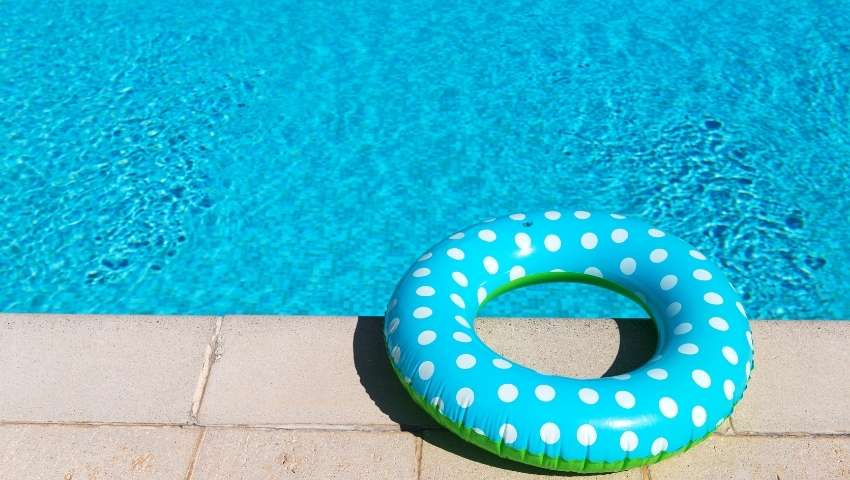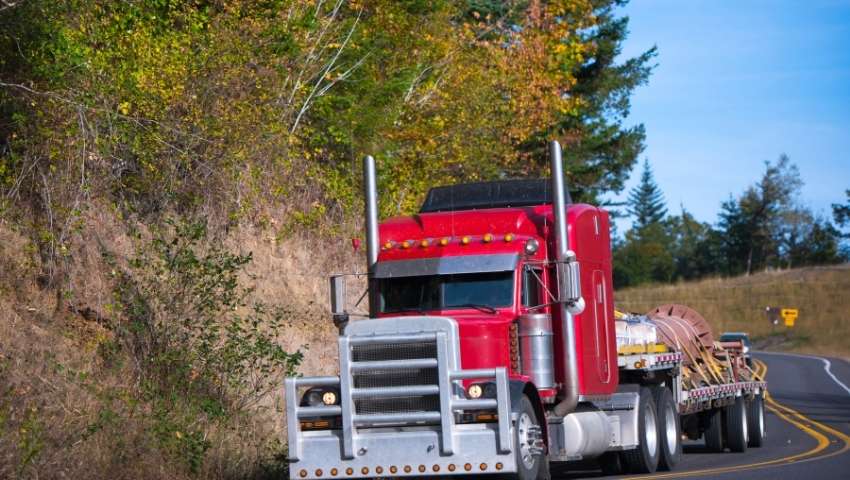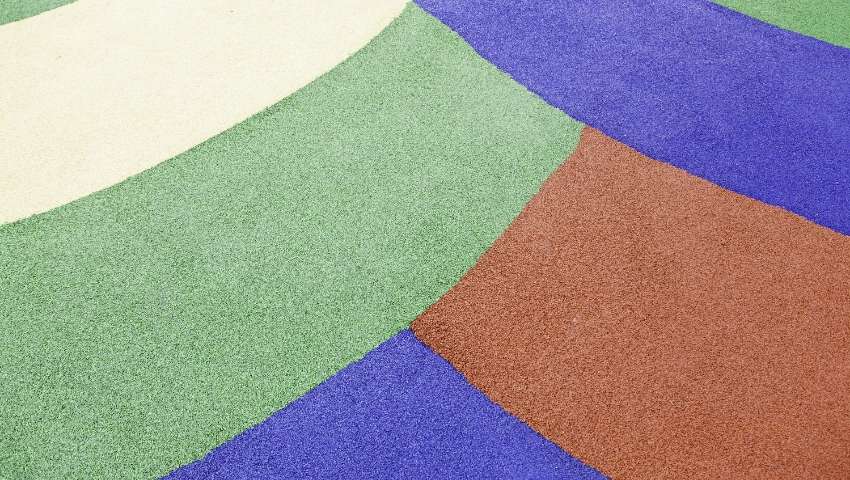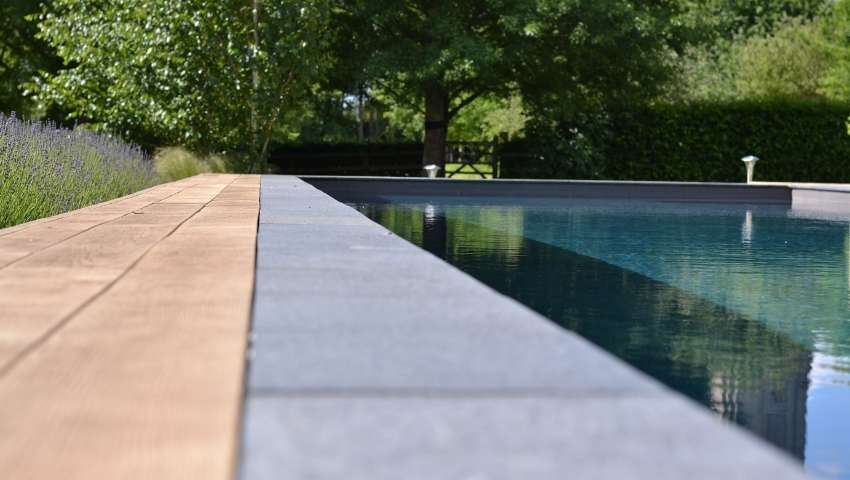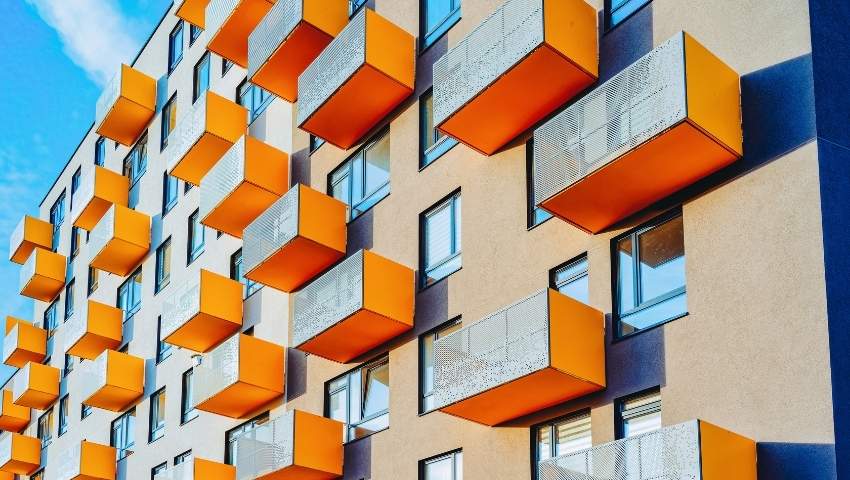The Only Advice You’ll Need When Installing a Safe Playground Surface
The Consumer Product Safety Commission shares that each year more than 200 thousand kids land up in the emergency room due to injuries in public playgrounds. Nearly 80% of these injuries are due to falls and 10% of the cases are treated from traumatic brain injuries.
This data is enough to lay emphasis on the need for safety surfacing in playgrounds. If you are planning a playground resurfacing, it’s wise to consider the points shared in this post. This will help you build a playground that’s safe and enjoyable for the little ones.
1. Begin with a Levelled Surface
A leveled playground works great for any surface you choose as it helps in getting rid of the obstacles and depressions in the ground that may cause tripping hazards. The smooth surface also acts as a great base for surfaces like wet-pour rubber to settle in and achieve the depth required for maximum safety.
This is a good time to think about getting rid of the large rocks, tree stumps, or troughs on the surface. Also, if you think drainage will be an issue, work on it now. For instance, you can provide for drainage by having a 3 inch base of pea gravel or rock.
2. Filter Out the Inappropriate Surfacing Options
First things first, be clear about what you do not want for your playground flooring.
An ideal playground flooring should be durable with high traction and shock-absorbing potential. The surface should be firm but soft and springy underfoot to make it comfortable and safe for the little ones to move around without the fear of injuries. Also, it should be stain-resistant and impermeable to moisture damage.
All this means grass, concrete, asphalt, pea gravel, sand, and engineered wood chips are out. These surfacing materials may seem like a great playground surfacing option, they lead to unnecessary hazards as they are non-impact absorbing surfaces. Further, materials like sand and wood chips soon disburse across the ground or begin to decompose, heavily compromising the integrity and safety of the surface.
Instead, think of a versatile flooring option like poured-in-place rubber surfacing that will not just withstand heavy foot traffic and intensive activities but is also springy enough to absorb fall impact and prevent injuries.

Also, EPDM rubber surfacing is available in a variety of colors and can be customized as per your needs to build an attractive ADA-accessible playground surface.
3. Consider the Impact Attenuation of the Playground Surfaces
Playground surfaces should be built in a way that protects the little users from an impact that results in an injury.
Impact attenuation is the measure of the shock-absorbing potential of a playground surface. Testing a play area for impact attenuation is important for reducing the risk of serious head injuries.
The test simulates the impact of a kid’s head on the surface. During the test, a ball form, representing a child’s head, is dropped from varying heights onto the surface. The results determine the critical fall height which is the vertical distance between the playground surface and the highest designated play area or the highest point a child can safely stand on.
Simply put, the critical fall height is the highest point from which a serious injury will not occur. So, if your playground surface’s fall height is 4 feet, it means that a kid can fall from this height without any life-threatening injury.
Choose a surface that offers maximum impact attenuation. For instance, a poured-in-place rubber surface is made up of two layers that use a binder (aliphatic or aromatic) and are troweled on the spot.
- The base layer comprising tire buffings for maximum impact attenuation
- The top layer that’s typically made of EPDM rubber
River Rock Resurfacing is dedicated to preventing fall injuries in children. We comply with the standard specification for impact attenuation detailed in ASTM F1292.
4. Maintain the Playground
Regardless of the type of flooring material used, it’s important to invest in the regular upkeep of the space. Kids love running and jumping around. That’s what playgrounds are made for. However, if these high-traffic spaces aren’t maintained properly the surface may develop tripping hazards or offer inadequate fall protection.
For instance, in the case of rubber surfacing, the installer should routinely check if the EPDM granules are dislodging in the high-traffic areas. If that’s the case, they will use a rebinder to rebind the surface before it becomes unsafe for use. Only an expert rubber surfacing installer will proactively conduct such inspections and take the necessary precautions.
Wrapping Up
Many serious fall injuries can be prevented on playgrounds by just installing an appropriate surface. Today, most playgrounds prefer poured-in-place rubber surfacing because it’s tough, lasts for several years, and can absorb the impact of a fall. This makes this surface a safe choice for playgrounds, playpens, daycare centers, school play areas, or any space that’s frequented by children.
If you are planning to undertake a playground resurfacing project, contact River Rock Resurfacing. With more than 5000 completed projects, we have been bringing smiles to our client’s faces for more than three decades. Call us now to share your requirement!


